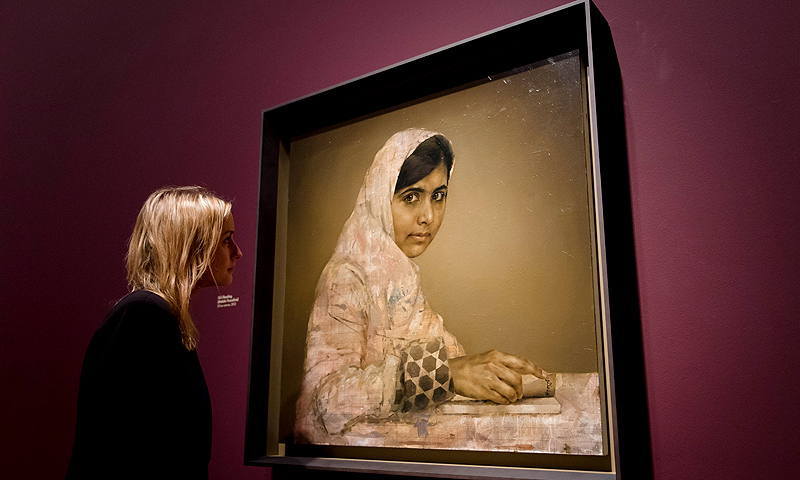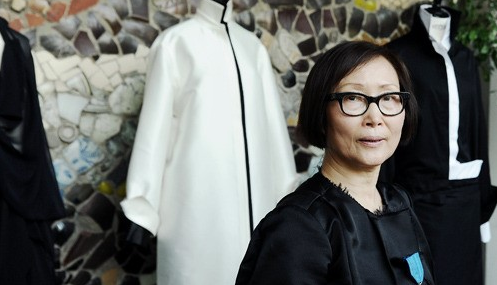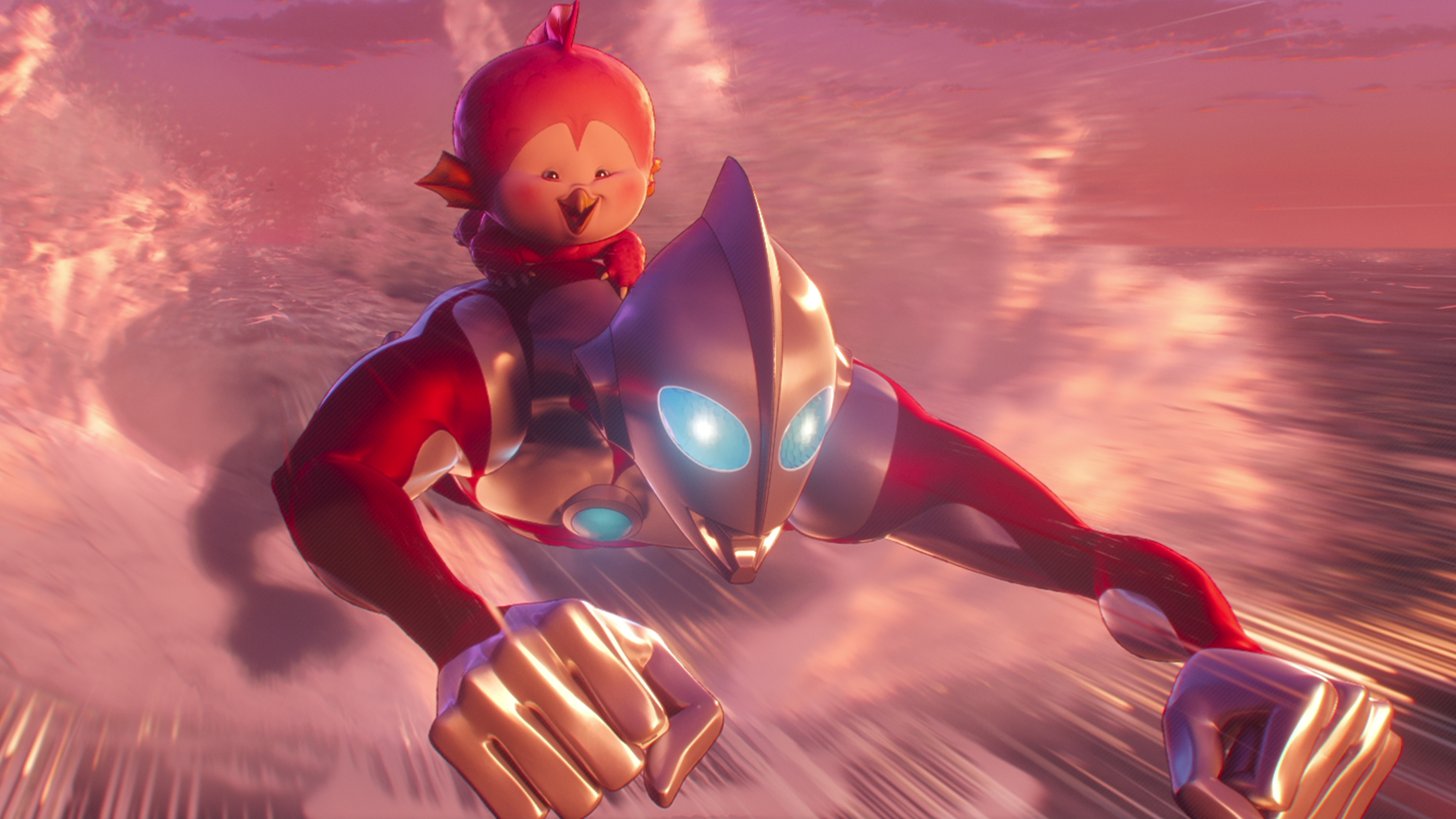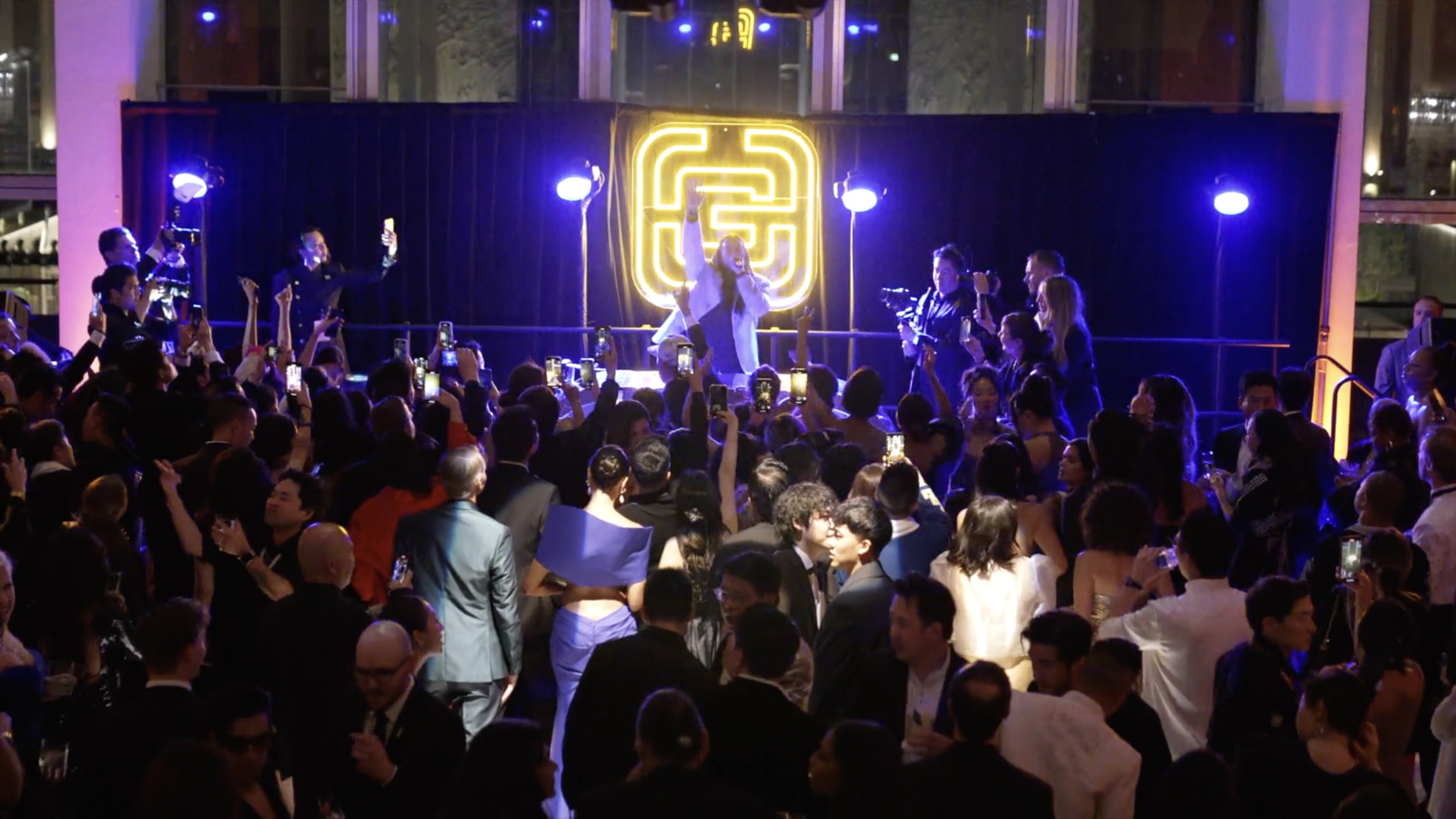1. She is the youngest Nobel Peace Prize Winner
Recently, Pakistani teen Malala Yousafzai was awarded the 2014 Nobel Peace Prize alongside Indian children’s rights advocate Kailash Satyarthi. This makes 17-year-old Malala the youngest Nobel Peace Prize Winner ever. The Norwegian Nobel Committee has commented on this decision:
“Despite her youth, Malala Yousafzai has already fought for several years for the right of girls to education, and has shown by example that children and young people, too, can contribute to improving their own situations. This she has done under the most dangerous circumstances. Through her heroic struggle she has become a leading spokesperson for girls’ rights to education.”
2. Despite her age, Malala has been bravely advocating for her beliefs for years

Malala’s story is no ordinary one. Malala was only a young girl when she became an activist for education rights and women’s rights. At the age of 11, she began blogging about her life under Taliban rule. This was so powerful that in 2009, a New York Times documentary was filmed about her life. Her actions were seen as unacceptable by the Taliban and in 2012, Malala was shot in the head and neck by a gunman in an assassination attempt. The strong, young lady survived the attack and continues to fight for what she believes in.
3. The Malala Fund

In October 2012, The Malala Fund was formed which hopes to make her dream a reality. The fund provides grants for organizations which aim to empower girls through education. The Malala Fund’s approach consists of three pillars:
– Amplify the voices of the girls to keep them in the spotlight, inspire girls globally and drive action on girls’ issues by the global community.
– Advocate at the international, national and local level for policy and system changes that give girls access to a high quality education at a community level.
– Invest in community centered scalable solutions that provide quality education with potential for systems level change by empowering local leaders and educators.
4. Malala not only fights for education for her own people…

Malala has certainly called attention to the education rates in Pakistan. NBC News reports about 70% of Pakistan’s rural population is illiterate. Even more shocking, other reports show literacy rates in women as low as 23% in some parts of the country. Malala’s message on education had inspired many people, including her own mother who learned how to read this past August. “Our family shows an example to the world how things change with the help of awareness … and with the help of the importance of education,” she said.
5. …she fights for education for ALL people
When Malala claims she wants education for all, she truly means it. Last year, she left Jon Stewart speechless after sharing her thoughts. Malala described how she imagined an encounter with a Taliban member and how she would tell him how important education is. She imagined telling him “that I would even want education for your children as well. That’s what I want to tell you. Now do what you want.”
6. Malala Day
July 12, 2013 was Malala’s 16th birthday and she spent it speaking at the UN to call for worldwide access to education. This was her first public speech since the attack, but she passionately spoke her mind to an audience of over 500 people. This historic event was dubbed “Malala Day,” but Malala recognizes the day for something else. “Malala day is not my day,” she said. “Today is the day of every woman, every boy and every girl who have raised their voice for their rights.”
7. Her work in Nigeria

In July, Malala met with met with Nigerian President Goodluck Jonathan in Abuja, Nigeria. She urged him (and even claimed it would be her birthday wish) to meet with the families of the 219 schoolgirls kidnapped by the terrorist group Boko Haram. She then addressed the terrorist group by saying, “Lay down your weapons. Release your sisters. Release my sisters. Release the daughters of this nation. Let them be free. They have committed no crime.” Additionally, the Malala Fund created the “safe space” project in Nigeria which presents more opportunities to Nigerian woman to gain an education.
8. Her work in Syria and Jordan  In February, the Malala fund helped hundreds of Syrian refugees enter safely into Jordan. The Malala fund currently provides educational programs for those refugees. These programs aim to protect, rehabilitate and educate the children. They also aim to invest in Syrian-led programs to rehabilitate the children.
In February, the Malala fund helped hundreds of Syrian refugees enter safely into Jordan. The Malala fund currently provides educational programs for those refugees. These programs aim to protect, rehabilitate and educate the children. They also aim to invest in Syrian-led programs to rehabilitate the children.
9. Malala’s Memoir
On October 2013, Malala’s memoir I Am Malala: The Story of the Girl Who Stood Up for Education and was Shot by the Taliban was published and told the full story of Malala’s experience. “I hope the book will reach people around the world, so they realize how difficult it is for some children to get access to education,” Malala said in a news release. “I want to tell my story, but it will also be the story of 61 million children who can’t get education. I want it to be part of the campaign to give every boy and girl the right to go to school. It is their basic right.”
10. As a modern-day icon, she inspires the work of others ![]() Needless to say, Malala’s efforts have sparked inspiration in others. United Nations Special Envoy for Global Education, Gordon Brown, launched a petition in her name a few weeks after she was shot. The Malala Petition aims to get every child in school by 2015 and received over 3 million signatures. In the world of art, Texas artist Anat Ronen wanted to blend the old with the new and create a mural showing both the strength of women in the ’40s and the strength of women today. He blended the 40’s feminist icon Rosie the Riveter with today’s icon, Malala. (Source 1, 2, 3, 4)
Needless to say, Malala’s efforts have sparked inspiration in others. United Nations Special Envoy for Global Education, Gordon Brown, launched a petition in her name a few weeks after she was shot. The Malala Petition aims to get every child in school by 2015 and received over 3 million signatures. In the world of art, Texas artist Anat Ronen wanted to blend the old with the new and create a mural showing both the strength of women in the ’40s and the strength of women today. He blended the 40’s feminist icon Rosie the Riveter with today’s icon, Malala. (Source 1, 2, 3, 4)








